THEN AND NOW: 34 photos that show how airports have changed over the years
Talia Lakritz

- Airport security was less restrictive before September 11.
- Boarding passes were paper documents issued by gate agents, but now passengers can use mobile apps and kiosks.
- Flight information used to be written on chalkboards at gates.
- Social distancing measures in the wake of the pandemic mean lines are a lot more spaced out.
Flying used to be a glamorous undertaking back in the day. But airports had their glory years, too.
New technology has helped airports run more efficiently, from digital air traffic control software to the ability to check in on a phone or kiosk. But other changes, like increased security screenings, have slowed things down.
Additional health screenings and social distancing measures due to the coronavirus pandemic have also changed the way airports look and function.
Here are 34 photos that show how airports have evolved.
The ground floor of airports is where travel usually begins.
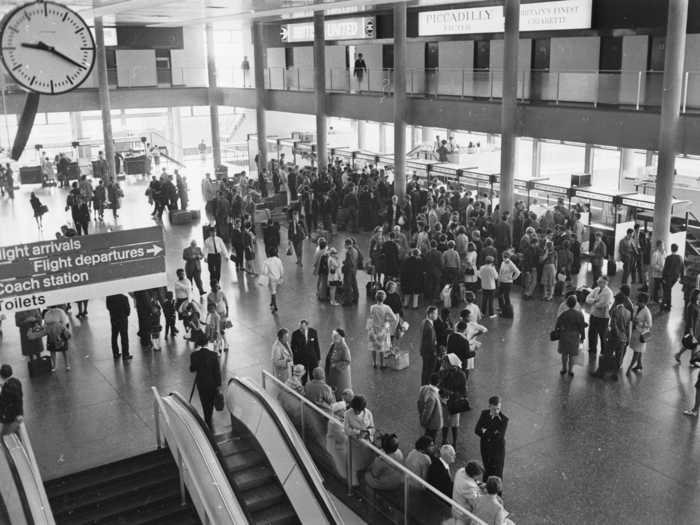
Passengers lined up at the check-in counters at Gatwick Airport in 1966.
Some modern airports look more like art museums.
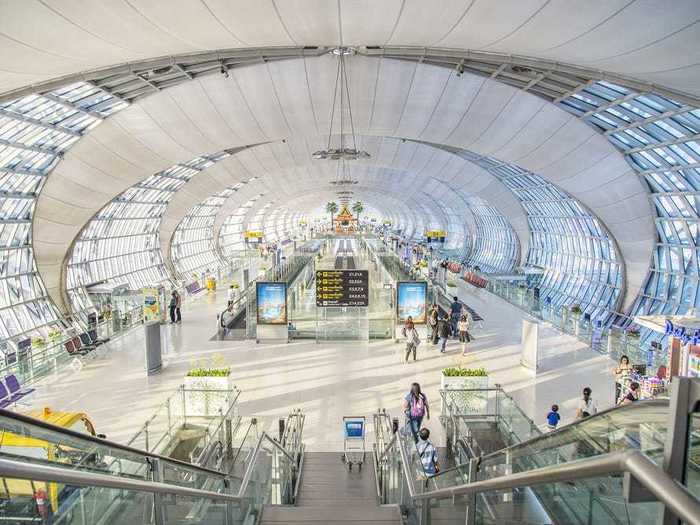
Suvarnabhumi International Airport in Thailand is flooded with natural light.
Some abandoned airports have even been turned into swanky hotels.
Airports have always drawn a crowd.
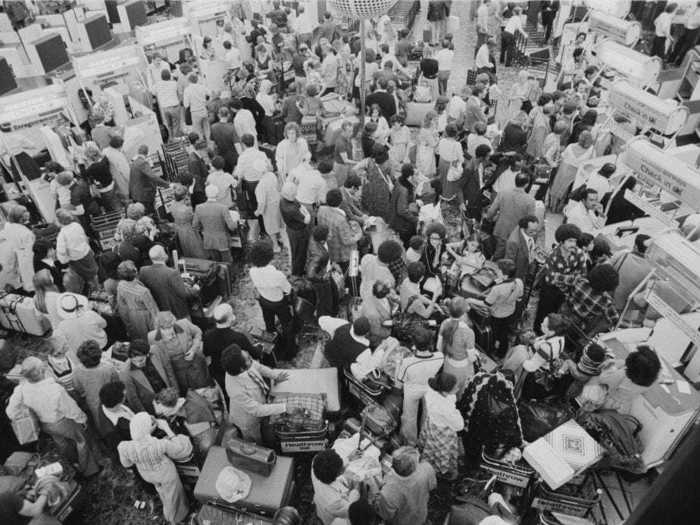
Customers awaited their flights in the check-in area at Heathrow Airport in London in 1978.
Traveling still involves a lot of waiting.
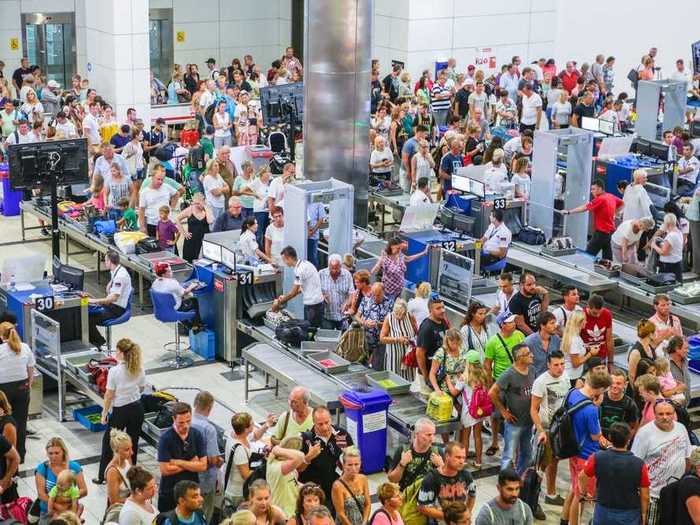
Security and passport control was packed at Antalya International Airport in Turkey in 2016.
Before the coronavirus pandemic, people packed tightly into lines.
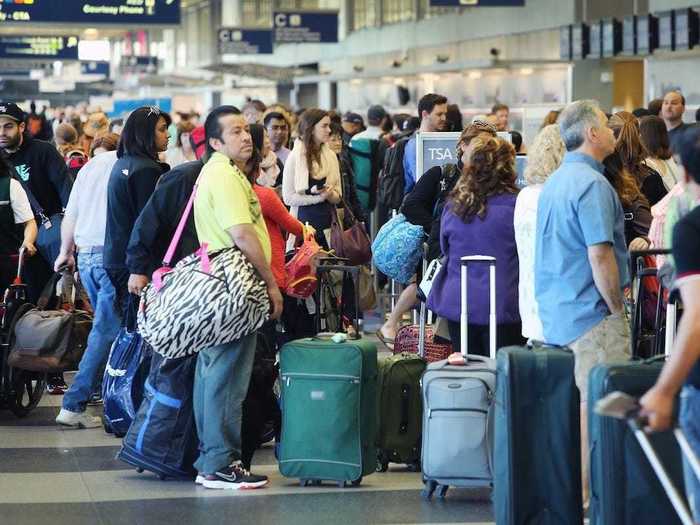
Check-in and security lines snaked through airports with people standing close together.
With new social distancing measures in place, lines and seating are more spaced out.
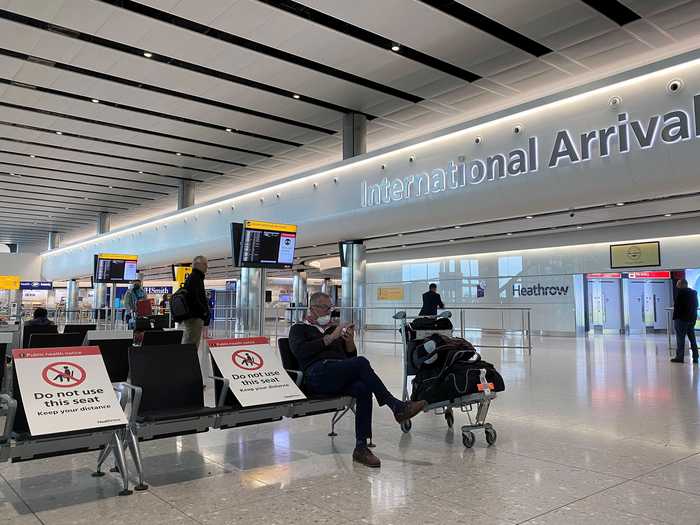
Since the virus is spread through person-to-person contact, experts recommend standing 6 feet apart. There's more room to spread out in airports since the CDC still recommends avoiding non-essential travel and not as many people are flying.
How air travel evolves after the coronavirus pandemic remains to be seen.
Gate agents once used old-school computers to check travelers in.
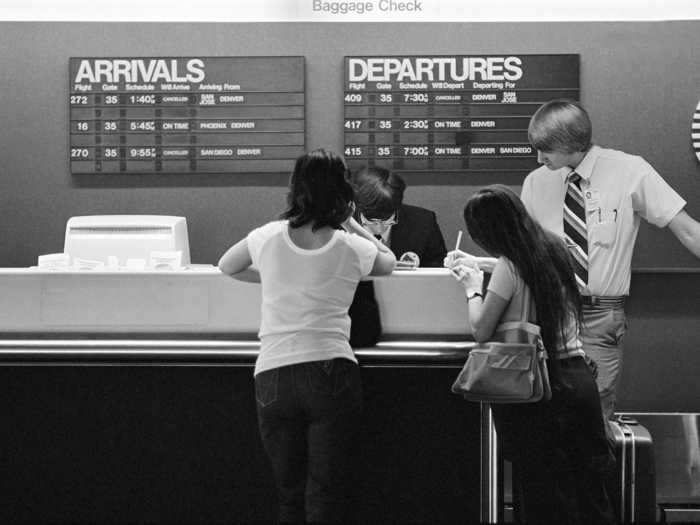
Two women received help at a Continental Airlines counter at Minneapolis-St. Paul International Airport in Minneapolis in 1981.
But today travelers can check themselves in on kiosks.
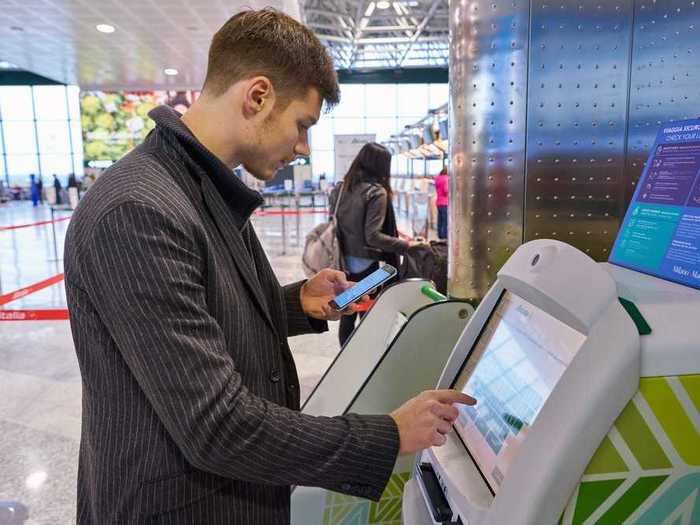
Pictured, a passenger used Alitalia self-service check-in kiosks at Milan-Malpensa airport in 2017.
There were no app shortcuts for air travel in the '90s — just paper boarding passes issued by humans.
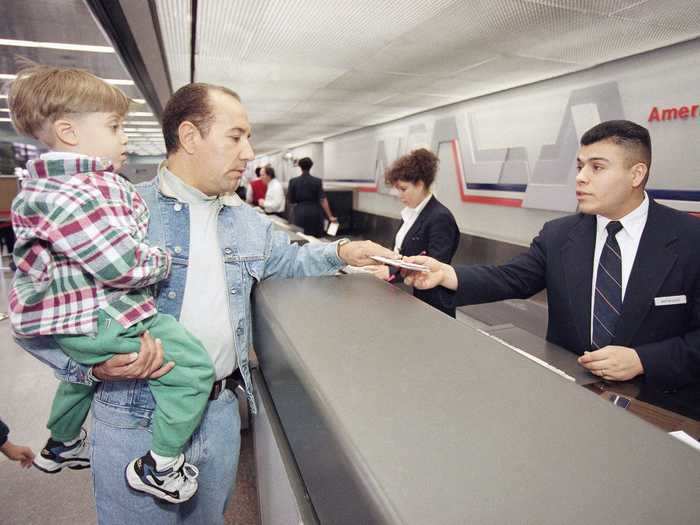
A passenger received his boarding passes for a flight to Vail, Colorado, at Los Angeles International Airport in 1997.
Gate agents still print paper boarding passes, but many people use e-tickets on their phones.
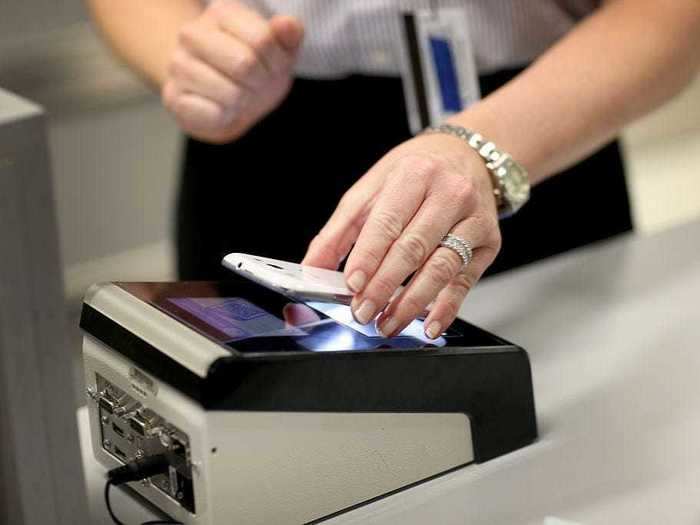
An airport worker held an iPhone over a scanner at Miami International Airport in 2015. It's one of many hacks to get through the airport faster.
Passengers used to be able to bring family and friends to the gate to see them off.
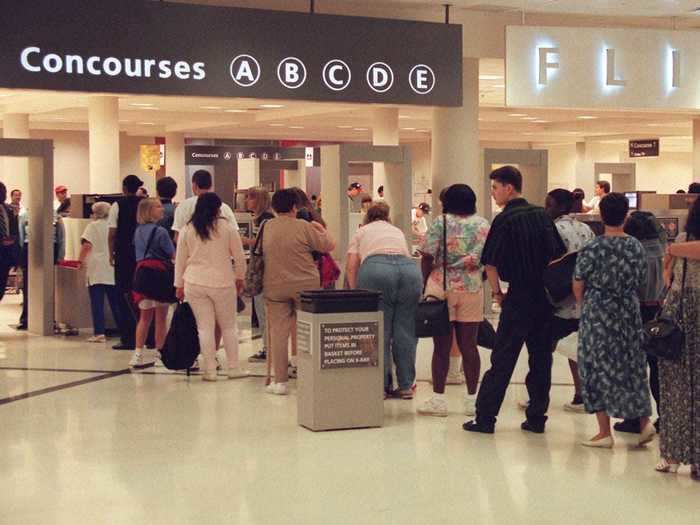
Passengers waited in line at the security checkpoint at Hartsfield Atlanta International Airport on in 1996.
After 9/11, only ticketed passengers were allowed through security to the gates.
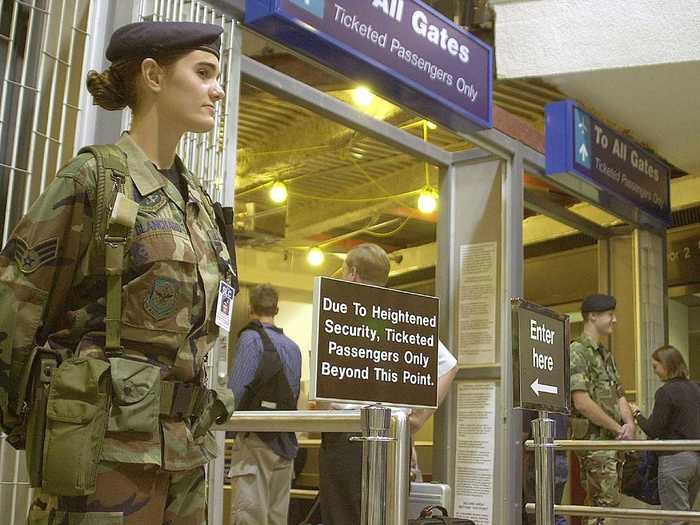
Members of the Utah Air National Guard's 151st Security Forces Squadron stood guard days after September 11, 2001, as an added security measure at the Salt Lake City International Airport.
Airport announcements used to be made on chalkboards.
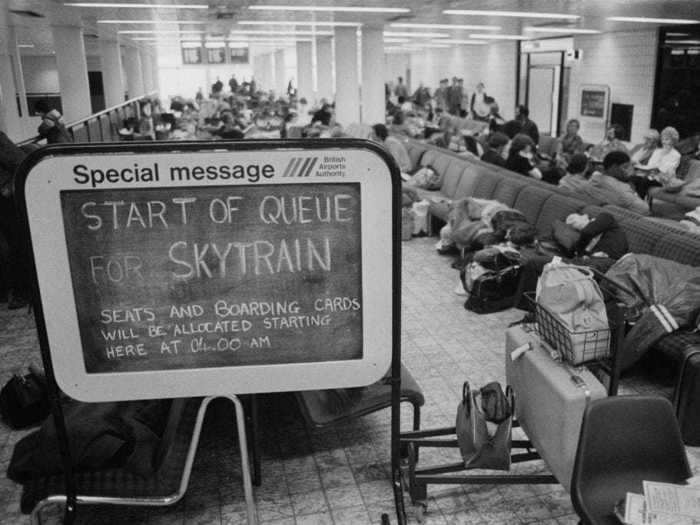
Travelers waiting and resting before boarding the Skytrain at Gatwick Airport in 1977 looked to chalkboards for flight information.
Now they're on screens surrounded by advertisements.
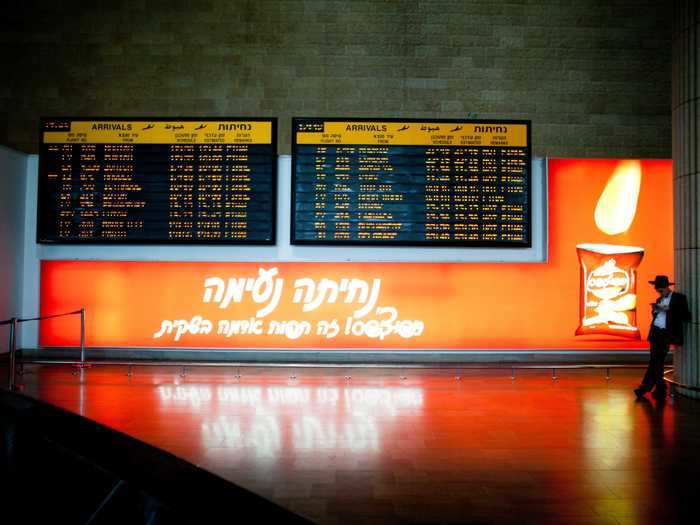
An arrival sign at Ben Gurion Airport in Israel in 2011 showed an array of arrivals and departures.
Airline lounges used to be the life of the party.
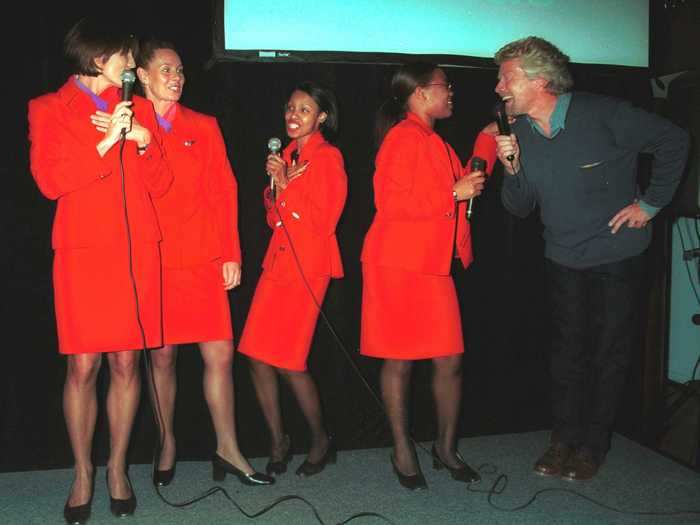
Sir Richard Branson, founder of Virgin Atlantic Airways, sang along with employees of Virgin Atlantic Airways in 2000 at the opening of his new clubhouse at John F. Kennedy Airport in New York.
Lounges today are sleek and professional.
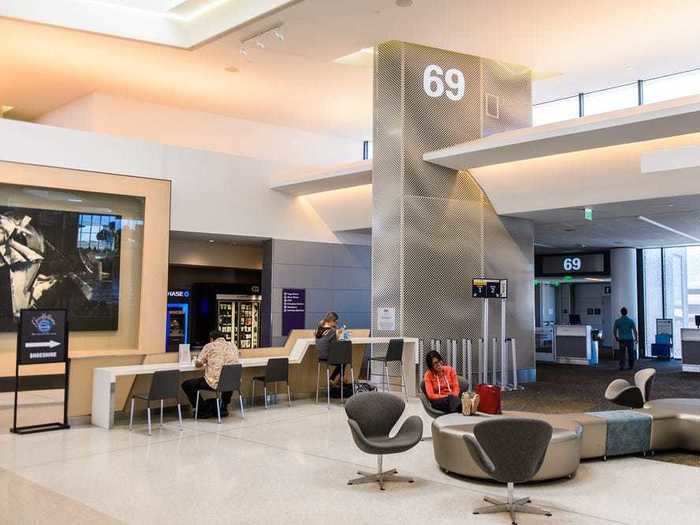
An airport lounge in San Francisco International Airport, pictured in 2015, featured modern amenities and design aesthetics.
As long as there has been commercial air travel, there have been people in need of a drink.
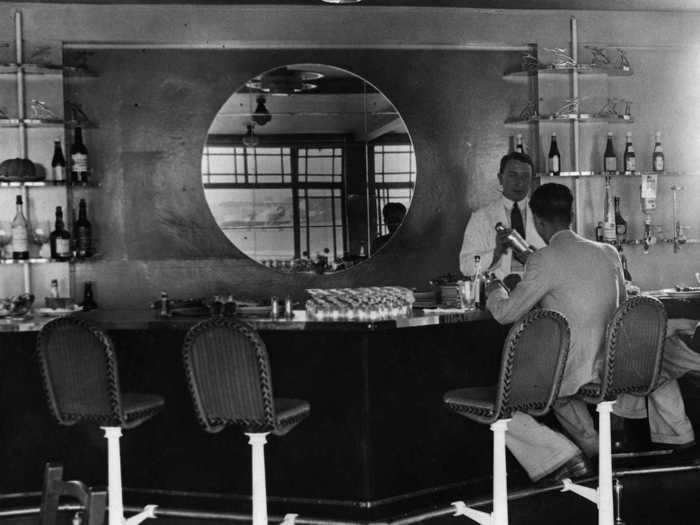
This bar was located at Heston Aerodrome, an airfield just west of London that was in operation from 1929 to 1947.
Today, however, iPads have replaced bartenders in most airports.
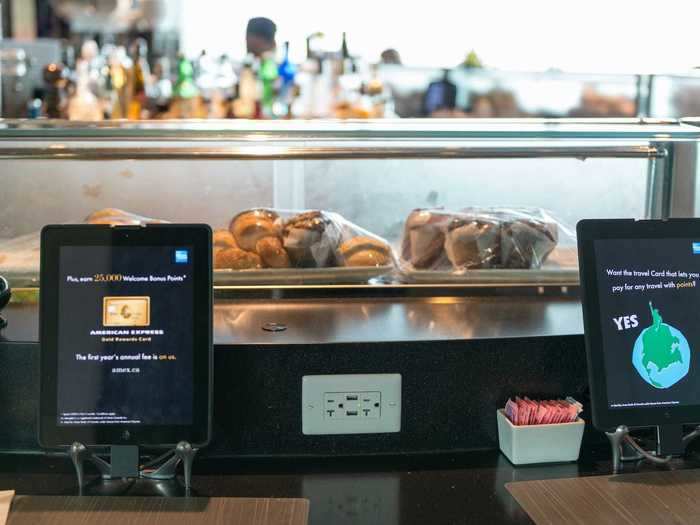
The Toronto Pearson International Airport is one of many airports where passengers can order food on tablets.
Flight attendants used to be referred to as "air hostesses."
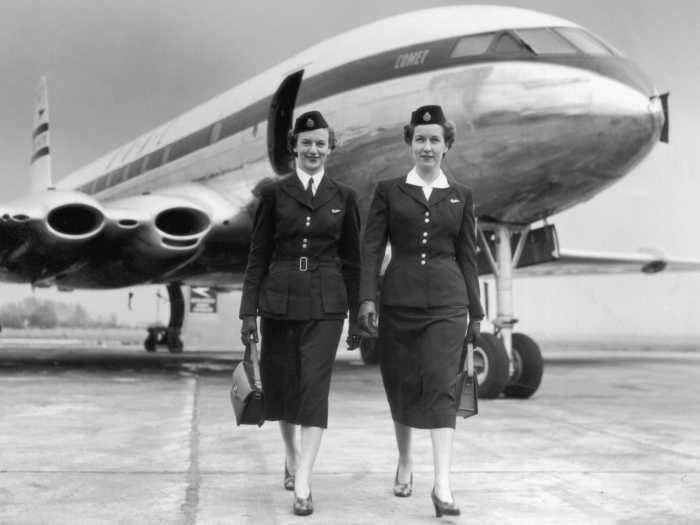
Two "air hostesses" were photographed on an airport runway circa 1950.
Now, there are flight attendants of all genders.
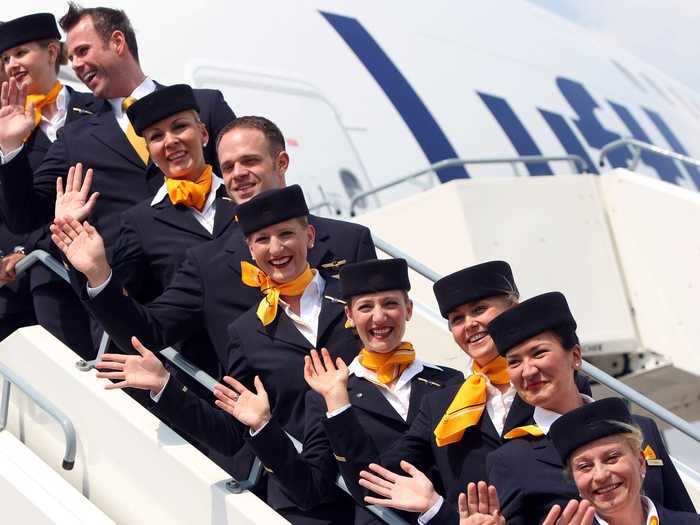
Flight attendants posed in 2012 in Berlin, Germany, at the christening of the Airbus A380.
Celebrities like The Beatles traveled in style.
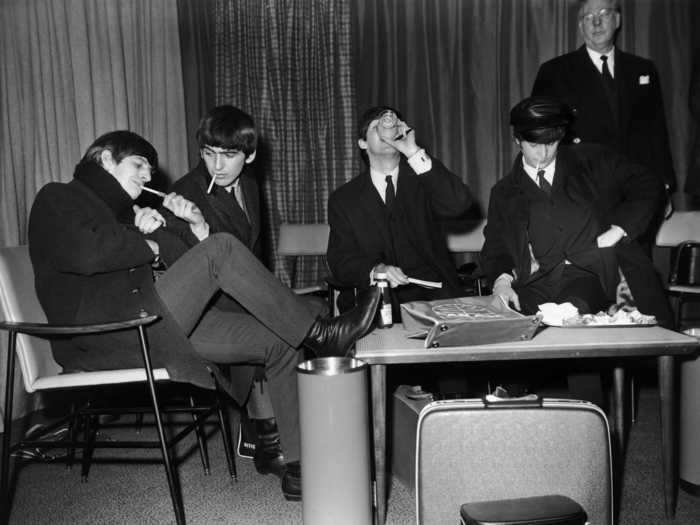
The Beatles kicked back at the London Airport on their way to New York in 1964.
Famous people still look ridiculously put-together, even after a long flight.
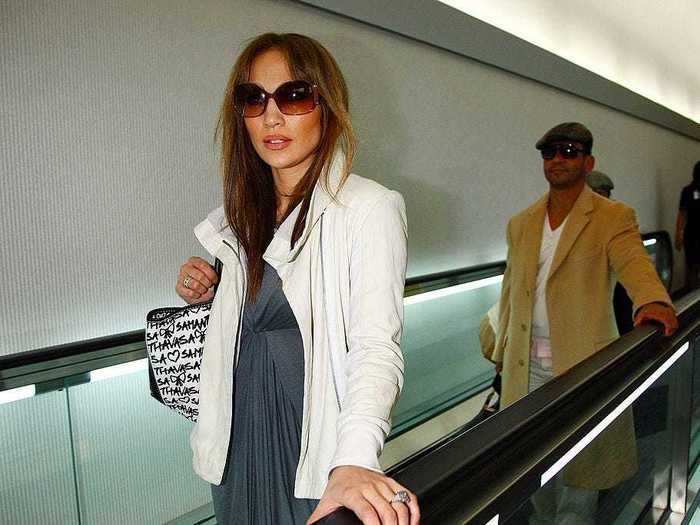
Jennifer Lopez arrived at Narita International Airport on March 27, 2009, in Narita, Chiba, Japan, looking as glamorous as ever.
Arriving at the airport used to be a fashion statement.
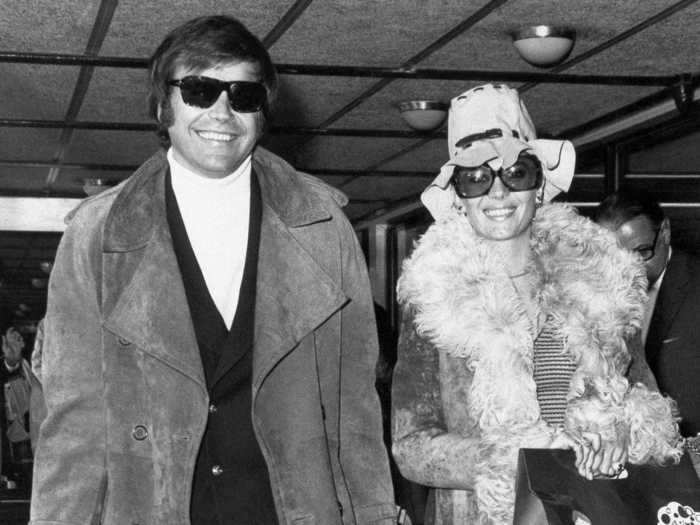
Travelers looked hip in sunglasses and mod gear at Heathrow airport in London in 1972.
Air travel today is a more casual affair.
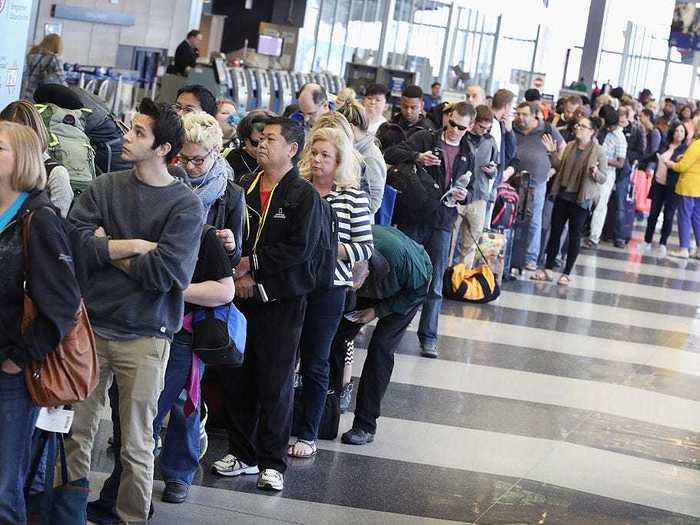
Passengers at O'Hare International Airport waiting in line to be screened in 2016 didn't dress up for the occasion.
Radar systems were a cutting-edge form of technology for air traffic controllers.
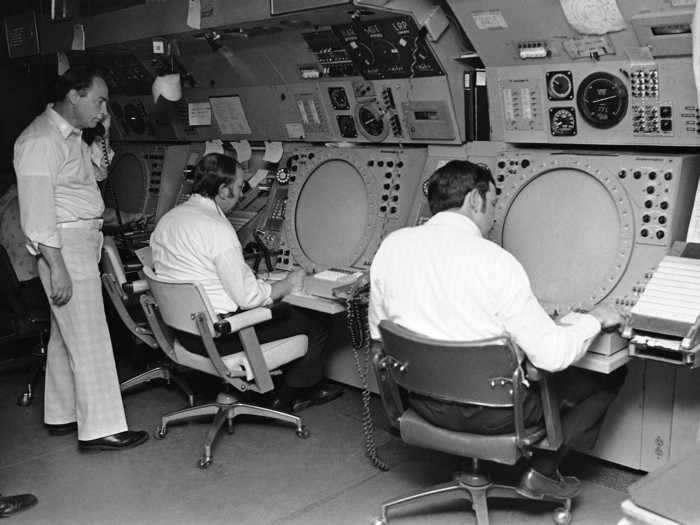
An air traffic controller at Harrisburg's Capital City Airport monitored a newly-installed radar system in 1979.
Air traffic control has since gone digital.
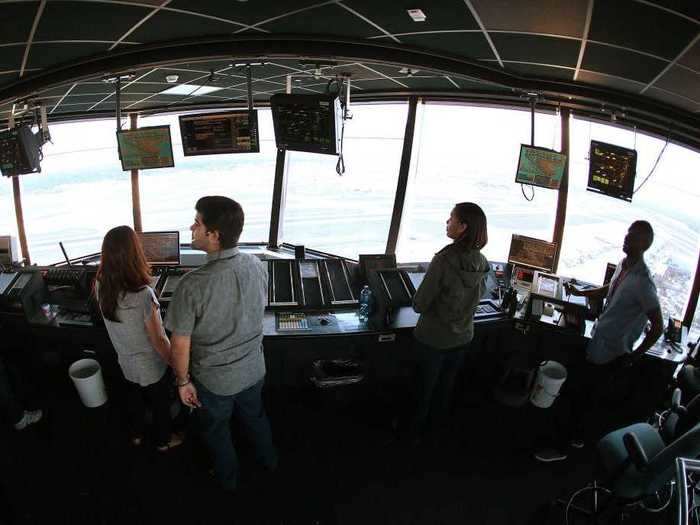
Air traffic controllers kept watch using Data Comm, which supplements voice communication between controllers and pilots with digital text-based messages, in 2017.
Metal detectors were introduced at airports in the 1970s.
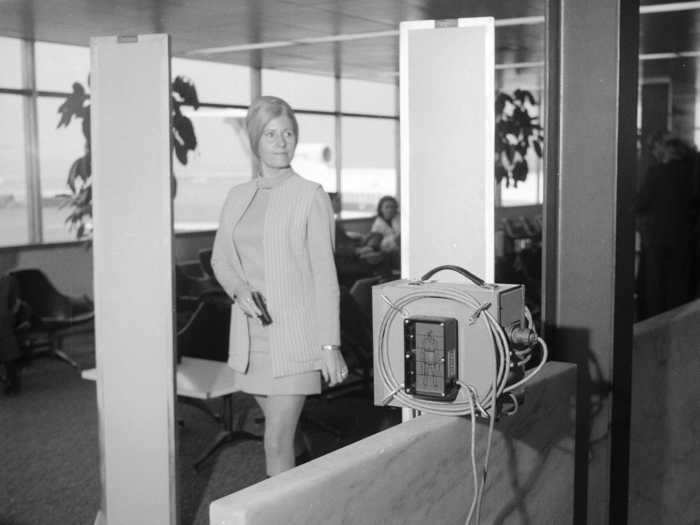
Eastern Airlines debuted a new anti-hijacking device, a type three Friskem detector, in 1971.
X-ray machines and body scanners followed in subsequent years.
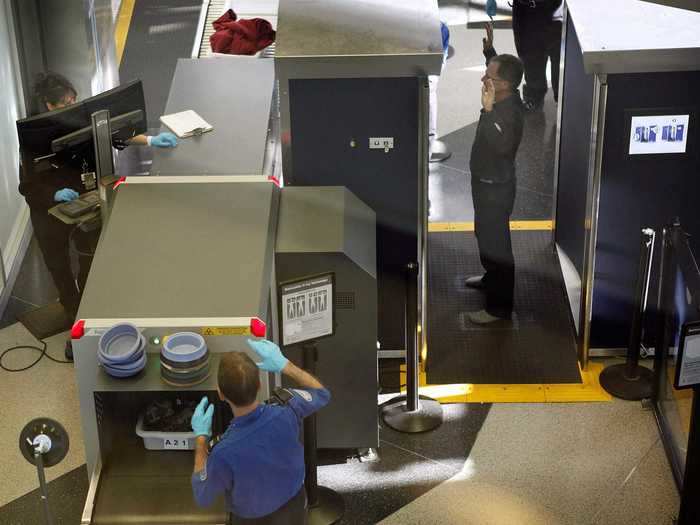
An airline passenger went through a full-body scan at O'Hare Airport in Chicago in 2010.
Flight delays have always been a thing.
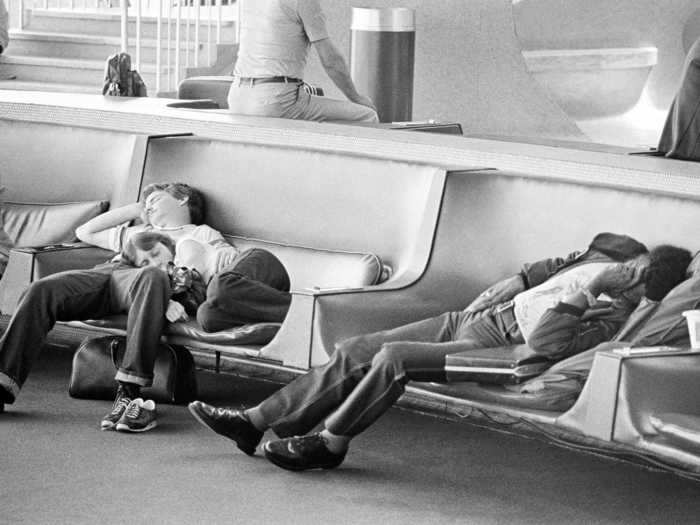
Travelers slept as they awaited the departure of their flights at New York's John F. Kennedy Airport in 1981.
Not much has changed there.
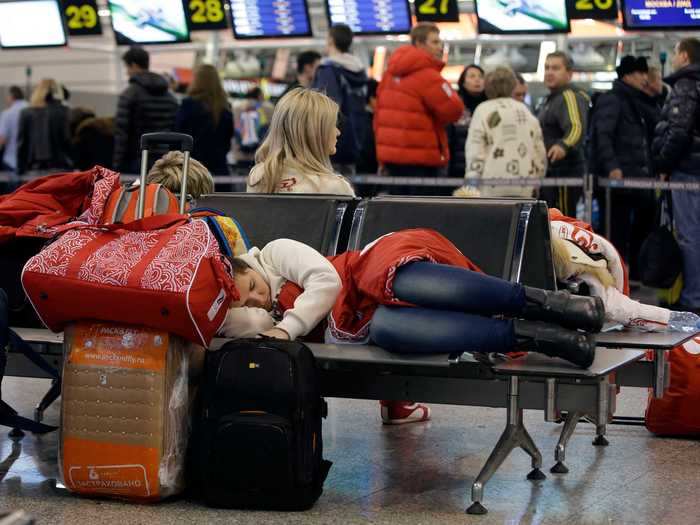
A passenger slept while waiting for a flight at the Sochi Airport following the 2014 Winter Olympics.
But back in the day, when a flight was canceled, the only choice was to wait in line to talk to a gate agent and hope for the best.
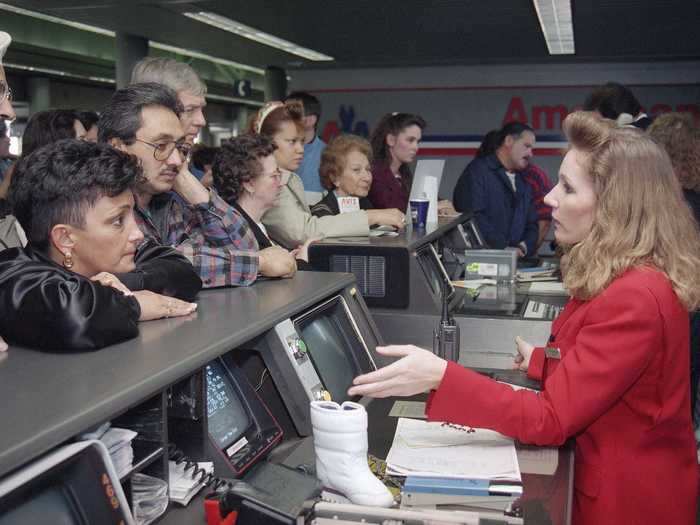
American Airlines gate agent supervisors helped passengers who were scheduled to depart on a canceled flight to Las Vegas from Chicago in 1993 in Chicago, at O'Hare International Airport.
Now, people can use their cell phones to make new arrangements.
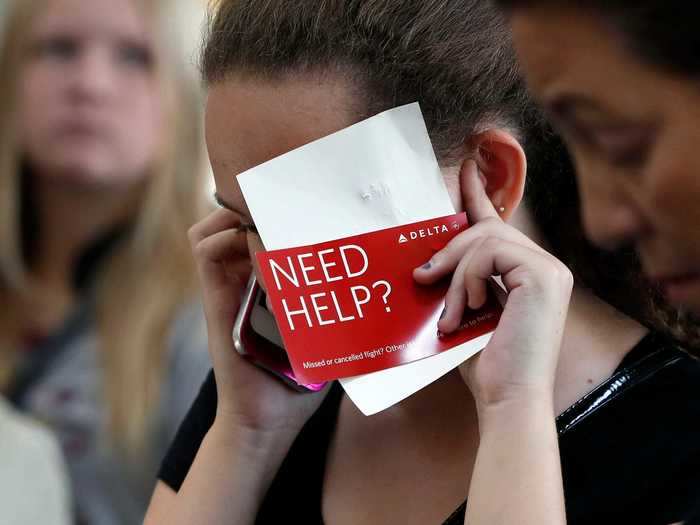
A woman talked on her cell phone with an agent as she stood in line after her flight was delayed at Washington's Ronald Reagan Washington National Airport in 2016.
Perusing an airport gift shop was a great way to pass the time while waiting for a flight.
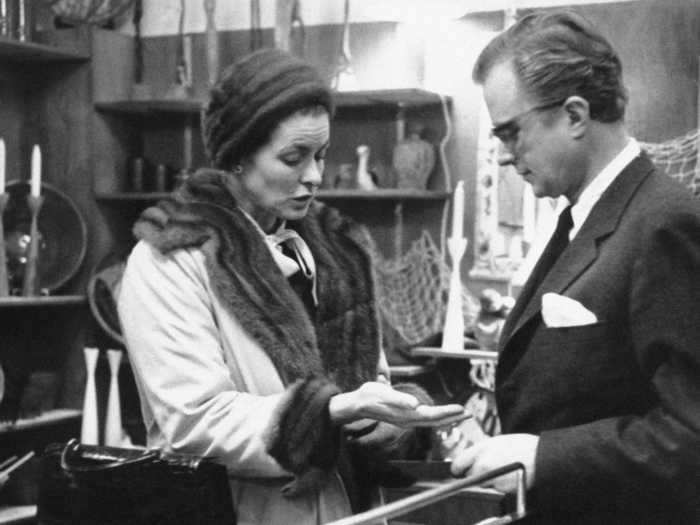
Swedish screen actress Ingrid Bergman and her husband, Lars Schmidt, discussed the merits of a brooch in the gift shop at Kastrup Airport in Copenhagen, Denmark, in 1959.
Some airports today look more like malls.
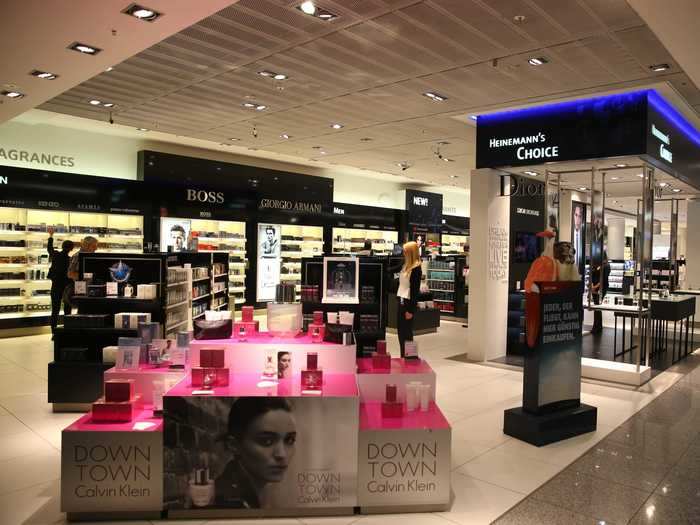
Duty free shops at Frankfurt International Airport in 2013 would look at home in a shopping center.
Architect Radu Gidei previously told Insider that airports are designed to make a profit with lots of shopping between gates, not for efficiency.
- Read more:
- 10 of the most overpriced items at airports you should never buy
- From longer waits to blood tests, here are 18 ways flying could change
- Las Vegas' airport has installed vending machines that sell masks, gloves, and hand sanitizer
- 9 abandoned airports around the world and the history behind them
READ MORE ARTICLES ON
Popular Right Now
Popular Keywords
Advertisement